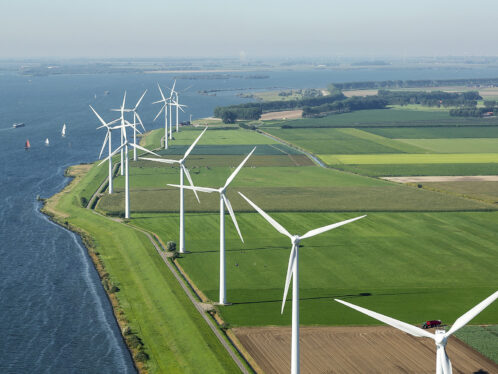
Dry downtown
The Thames Barrier comprises 10 separate movable floodgates, positioned end-to-end across the 520-metre span of the Thames at Woolwich Reach, east of London.
London’s massive Thames Barrier is often called the eighth wonder of the world. Inaugurated by Queen Elizabeth II in 1984, the Thames Barrier is the city’s most important insurance against surging tides and crippling floods.
It took eight years to build the barrier, at a cost of almost 1 billion pounds (1.5 billion euros). Designed by Charles Draper, it is projected to function until 2030. So far, the floodgates have been raised 20 times, when tide forecasts have reached critical levels. But the gates are tested monthly.
The Thames Barrier comprises 10 separate movable floodgates, positioned end-to-end across the 520-metre span of the Thames at Woolwich Reach, east of London.
The gates are mounted on pivots and supported between concrete piers. Under normal tide conditions, six of the gates are out of sight, resting on concrete sills in the riverbed. The four biggest gates weigh about 3,700 tonnes each and leave a navigable span of
61 metres.
When needed, powerful electro-hydraulic machinery raises the floodgates to stop the encroaching river from reaching downtown London. Recently, Development Engineering International, an SKF service company and engineering firm based in Aberdeen, Scotland, installed an online system that monitors the condition of the 20 bearings on which the floodgates pivot.
Each of the nine concrete piers is partly covered by stainless steel roofs that look like billowing sails, giving them a faint resemblance to Australia’s well-known Sydney Opera House. Walking along the embankments by the barrier is a popular weekend pastime for Londoners and tourists alike.
London has been prone to flooding from its very beginning. In 1579, fish were left gasping on the floor of Westminster Palace after a flood. In 1953, when 300 people drowned in London floods and thousands of hectares of farmland were flooded with seawater, the government started thinking about a Thames barrier.
The realisation of what could happen if London’s Underground were flooded was the main spark behind the project. The reason London is subject to floods today is a combination of the melting polar ice caps and the tilting of the British Isles towards Europe.
The south of England is actually sinking at the rate of 30 centimetres per century. The settlement of London on its clay bed also plays a role.
And then there are surge tides – huge humps of water that cross the Atlantic, usually passing north of Britain. But with northerly winds, these tides sometimes descend into the North Sea and are pushed up the Thames.




